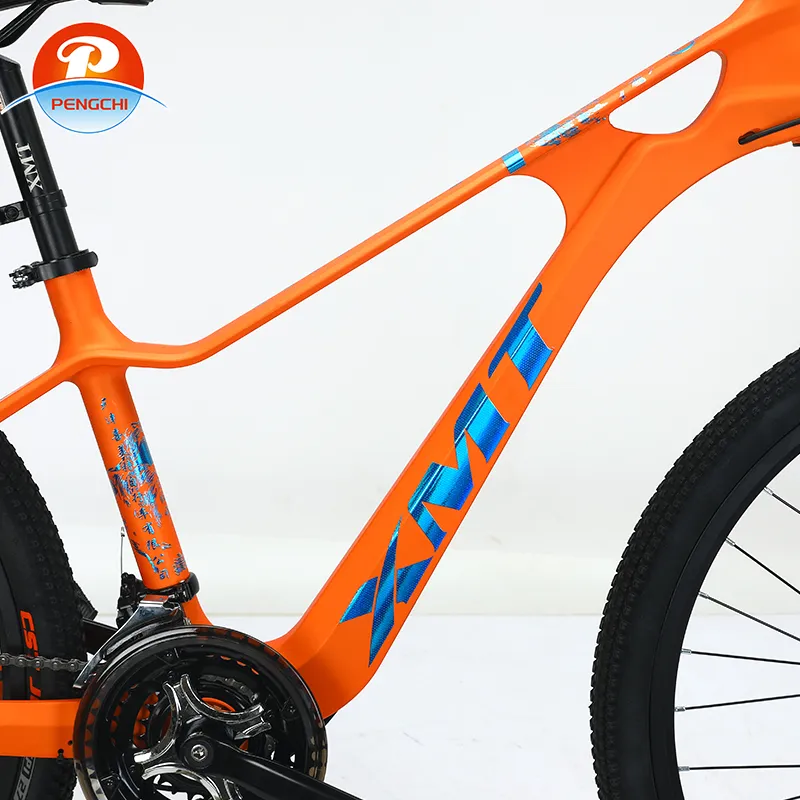
-
 Afrikaans
Afrikaans -
 Arabic
Arabic -
 Belarusian
Belarusian -
 Bengali
Bengali -
 Bulgarian
Bulgarian -
 Croatian
Croatian -
 Czech
Czech -
 Danish
Danish -
 Dutch
Dutch -
 English
English -
 Finnish
Finnish -
 French
French -
 German
German -
 Greek
Greek -
 hawaiian
hawaiian -
 Hebrew
Hebrew -
 Hindi
Hindi -
 Hungarian
Hungarian -
 Indonesian
Indonesian -
 irish
irish -
 Italian
Italian -
 Japanese
Japanese -
 Javanese
Javanese -
 kazakh
kazakh -
 Khmer
Khmer -
 Korean
Korean -
 Kyrgyz
Kyrgyz -
 Lao
Lao -
 Latin
Latin -
 Luxembourgish
Luxembourgish -
 Malay
Malay -
 Myanmar
Myanmar -
 Norwegian
Norwegian -
 Persian
Persian -
 Polish
Polish -
 Portuguese
Portuguese -
 Romanian
Romanian -
 Russian
Russian -
 Serbian
Serbian -
 Slovak
Slovak -
 Somali
Somali -
 Spanish
Spanish -
 Swedish
Swedish -
 Tagalog
Tagalog -
 Thai
Thai -
 Turkish
Turkish -
 Turkmen
Turkmen -
 Ukrainian
Ukrainian -
 Uighur
Uighur -
 Vietnamese
Vietnamese
Nov . 27, 2024 08:12 Back to list
Tips for Selecting the Perfect Mountain Bike for Your Riding Style
How to Choose a Mountain Bike A Comprehensive Guide
Choosing the right mountain bike (MTB) can be a daunting task, especially with the vast array of options available today. Whether you're a seasoned rider or a beginner looking to hit the trails for the first time, understanding the main components of a mountain bike and your specific needs is crucial. This guide will help you navigate that process, ensuring you make an informed decision.
1. Determine Your Riding Style
First and foremost, identify how you plan to use your mountain bike. Here are some common riding styles
- Cross-Country (XC) Designed for speed and efficiency, XC bikes are lightweight and optimized for climbing and long-distance rides. Ideal for riders who prioritize endurance and travel on a mix of rugged terrain and smooth trails.
- Trail Riding These bikes are versatile and can handle a variety of terrains. They have a balanced geometry, making them good for climbing and descending. Trail bikes are suitable for recreational riders who enjoy diverse trails.
- All-Mountain/Enduro If you’re looking for a bike that can handle steep descents and technical terrain while still climbing well, an all-mountain or enduro bike would be your best choice. These bikes typically feature more suspension travel to absorb rough descents.
- Downhill Specifically made for steep and technical terrain, downhill bikes are heavy and sturdy. They are designed for descending and are not suited for climbing, making them ideal for bike parks or downhill racing.
2. Frame Material
Mountain bikes come in several frame materials, each with its characteristics
- Aluminum Most common for beginner to mid-range bikes. Lightweight, affordable, and offers a good balance of strength and performance.
- Carbon Fiber Lighter than aluminum and capable of being molded into complex shapes, carbon fiber frames provide excellent performance and ride quality. However, they tend to be more expensive and may not withstand heavy impacts like aluminum.
- Steel Known for its durability and comfort, steel frames are less common in modern mountain bikes. They are heavier, but they can provide a smoother ride, making them a good choice for rural and rocky terrains.
3. Suspension Type
Suspension is a vital factor affecting ride quality
. There are two main types- Hardtail These bikes have a front suspension but no rear suspension. They are usually lighter and more efficient for climbing, making them great for cross-country riding.
how to choose a mtb

- Full-Suspension Offering both front and rear suspension, full-suspension bikes provide better shock absorption and comfort on rough trails. They can be heavier and less efficient on climbs compared to hardtails, but they excel on descents.
4. Wheel Size
Mountain bikes come in various wheel sizes, each suited to different riding styles
- 26-inch Once the standard, these wheels offer quick handling and are now mostly found on older or specialized bikes.
- 27.5-inch (650B) This size strikes a balance between agility and rolling efficiency, making it versatile for various conditions.
- 29-inch Larger wheels roll over obstacles more easily, providing better traction and stability. They are preferred for cross-country and trail riding.
5. Fit and Comfort
A bike’s fit can significantly impact your riding experience. Ensure you choose the right frame size according to your height and inseam. Consider the following
- Reach The distance from the seat to the handlebars should allow you to ride comfortably without straining your back.
- Standover Height You should be able to straddle the bike comfortably when standing. There should be a few inches of clearance between you and the top tube.
- Saddle Position A properly adjusted saddle height and angle are crucial for power transfer and comfort.
6. Budget
Set a realistic budget. While you can find mountain bikes at various price points, more expensive models often come with lighter components, better suspension systems, and advanced features. Don’t forget to factor in the cost of essential accessories like a helmet, gloves, and maintenance tools.
Conclusion
Choosing the right mountain bike involves understanding your riding style, evaluating frame materials, and considering suspension types and wheel sizes. Prioritize fit and comfort, and set a budget that meets your needs. Whether you seek adventure on rugged trails or enjoy a leisurely ride through the woods, the perfect mountain bike is out there for you. Happy riding!
-
New Red Anti-theft E-Bike | Easy Ride City Commuter
NewsJul.31,2025
-
BMX 20 Inch Bikes for Freestyle & Street | Fat Tire Options Available
NewsJul.30,2025
-
322 High Quality 26 Inch 21 Speed Adult Mountain Bike OEM MTB
NewsJul.29,2025
-
Specialized Kids Mountain Bikes - Safe, Durable & Fun Riding Experience
NewsJul.29,2025
-
Little Kids Mountain Bike - Lightweight Bikes for Young Riders
NewsJul.29,2025
-
Kids Mountain Bike Trek – Full Suspension for 6 Year Old Riders
NewsJul.29,2025

